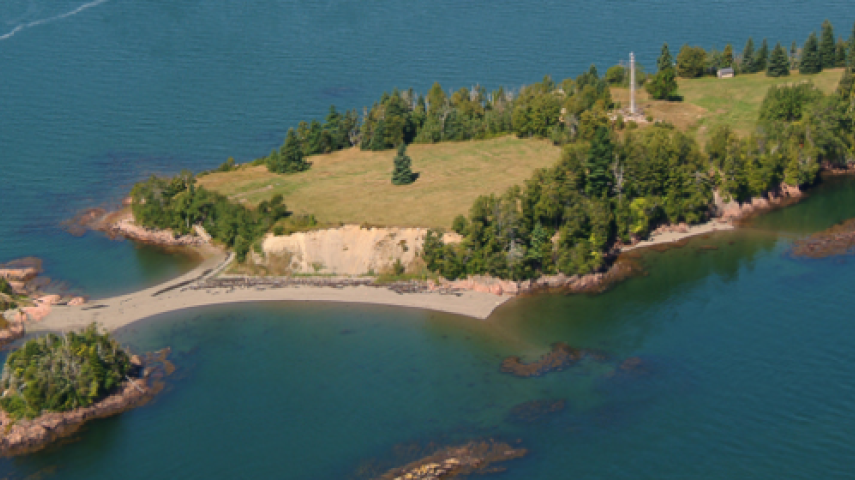INTERNATIONAL HISTORIC SITE
In 1604, Pierre Dugua (sieur de Mons) chose Saint Croix Island for settlement, an event that symbolizes the founding of 'Acadie.' Because of the island's isolation and the unusually harsh winter, nearly half of the colonists succumbed to scurvy. The following year, de Mons relocated his colony across the Bay of Fundy to Port Royal in Nova Scotia.
This site marks the first attempt at year-round settlement in North America by the French, in the territory they called 'Acadie.' The island sits between Canada and the United States on the St. Croix River, at the mouth of the Bay of Fundy. This waterway forms the border between northeastern Maine and southwestern New Brunswick. Both countries maintain this International Historic Site, which celebrated its 400th anniversary in 2004.
An interpretive site has been established at Bayside, giving visitors the opportunity to retrace the footsteps of the 1604 expedition by reading interpretive panels as they walk along a footpath overlooking the island. (Unstaffed, self-guided site.)



